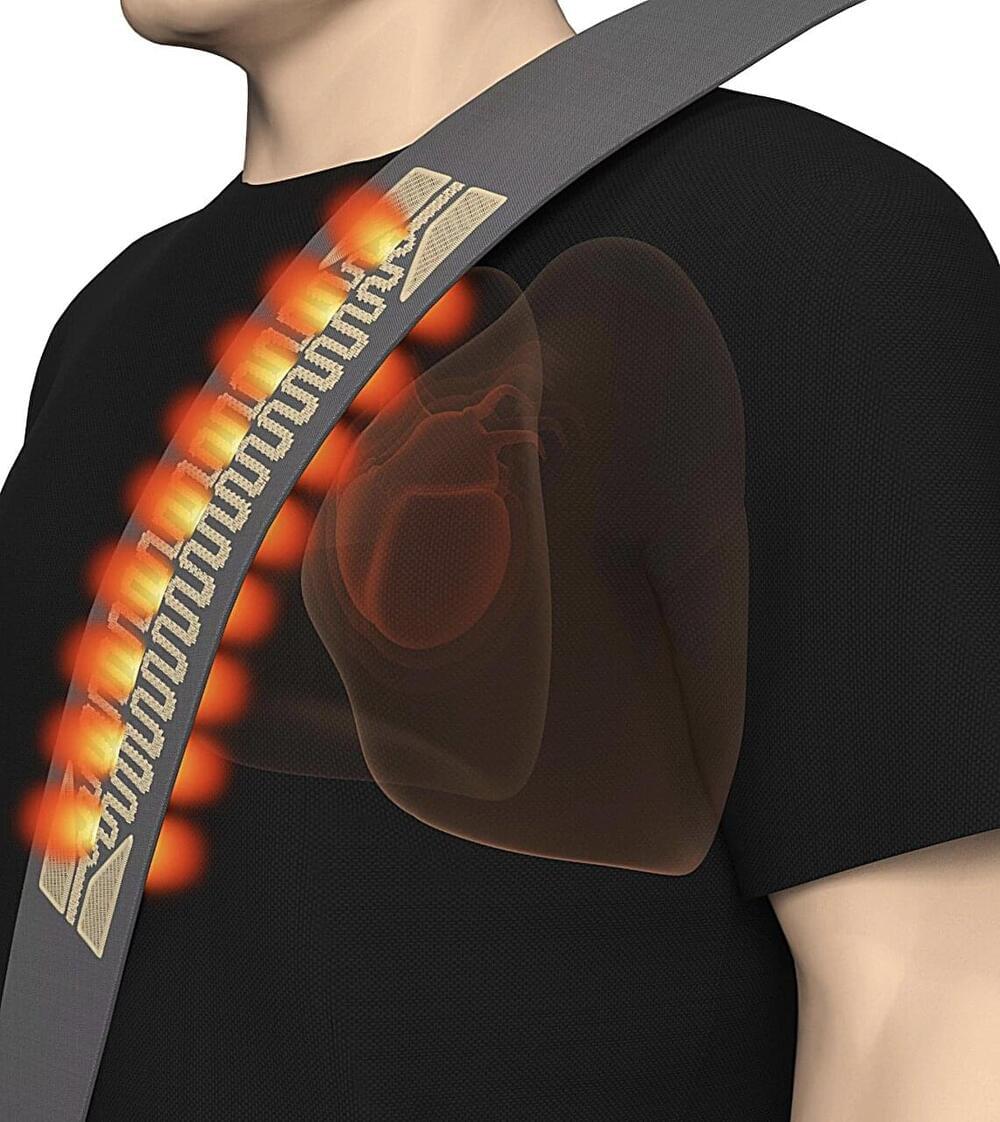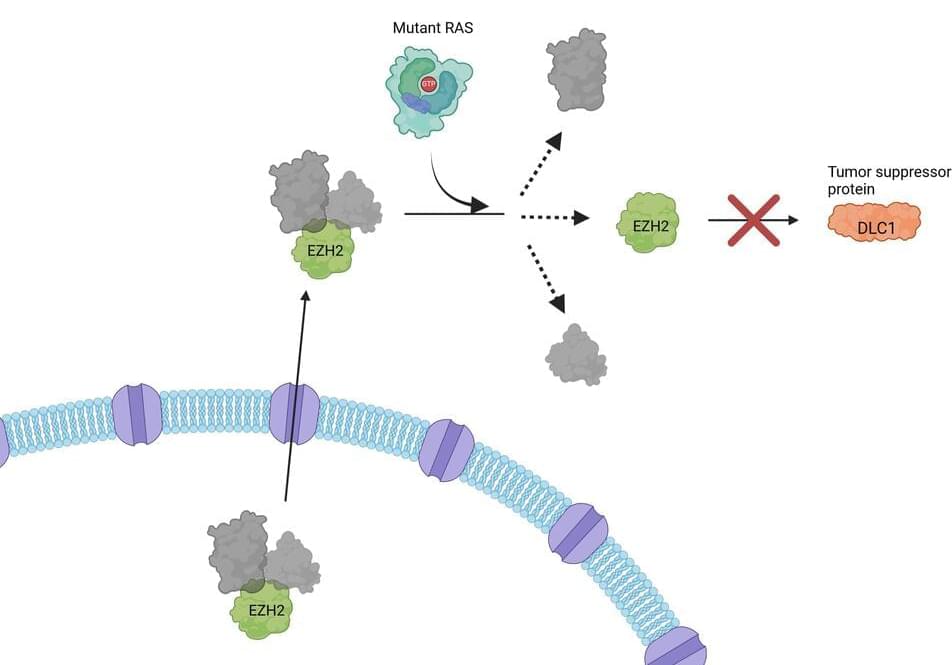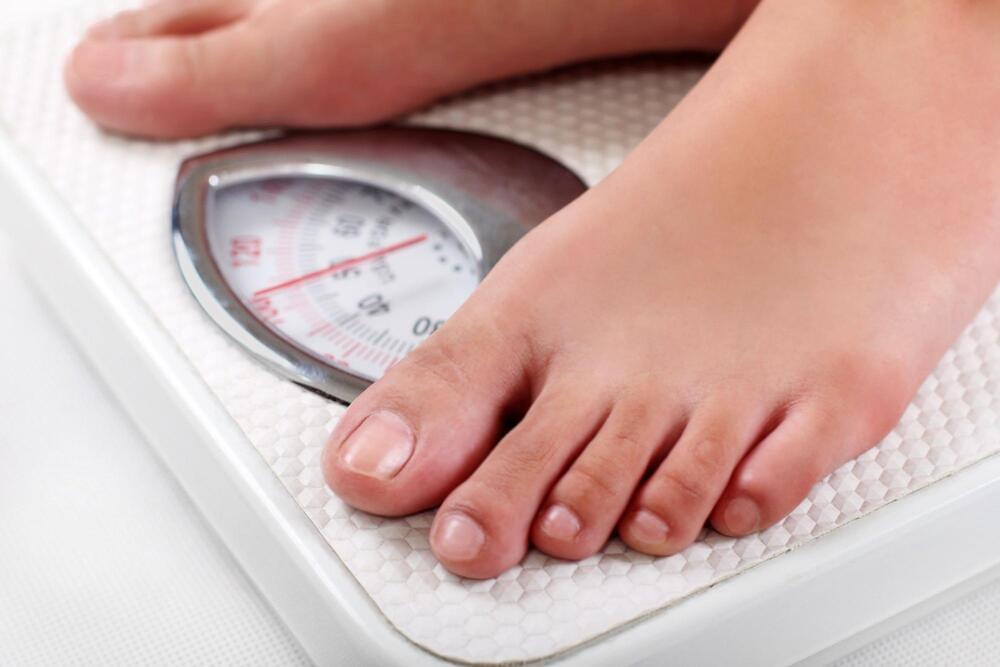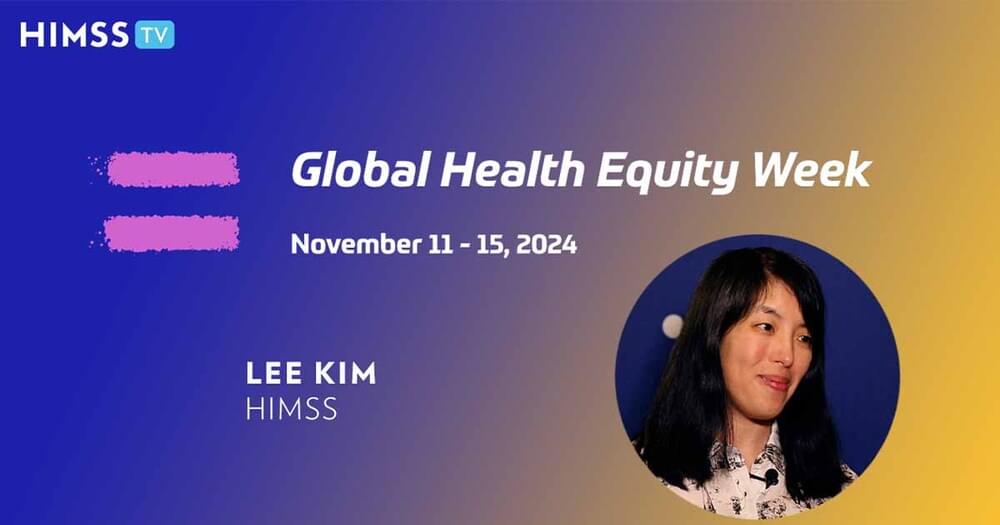The idea here is that we can momentarily counteract through movement. It’s compelling.



Over the past decades, electronics and biomedical engineers have developed increasingly sophisticated biosensors, devices that can pick up biological signals from human users. These sensors, which are generally embedded in wearable or implantable technologies, often do not perform as well in settings where users are moving a lot, such as within a vehicle.
Researchers at the National University of Singapore and Tsinghua University have recently developed a new sensor that can pick up and track biological signals, such as the heartbeat and respiration, without being in contact with the body of users. This sensor, presented in a paper published in Nature Electronics, could be used to pick up the cardiopulmonary signals of humans while they are in dynamic and closed environments, such as a plane cabin, a moving car or a bus.
“Monitoring drivers’ alertness or stress is essential for road safety,” Xi Tian, co-author of the paper, told Tech Xplore. “Existing sensors designed to measure physiological markers of fatigue, such as heart rate and respiration, face challenges in moving vehicles due to the unpredictable vibrational noise. To overcome these challenges, our research focused on developing an automotive biosensor capable of non-contact and reliable health monitoring in dynamic environments.”

Researchers at the National Institutes of Health (NIH) and their collaborators have discovered a new way in which RAS genes, which are commonly mutated in cancer, may drive tumor growth beyond their well-known role in signaling at the cell surface.
Mutant RAS, they found, helps to kick off a series of events involving the transport of specific nuclear proteins that lead to uncontrolled tumor growth, according to a study published November 11, 2024, in Nature Cancer.
RAS genes are the second most frequently mutated genes in cancer, and mutant RAS proteins are key drivers of some of the deadliest cancers, including nearly all pancreatic cancers, half of colorectal cancers, and one-third of lung cancers.
Microorganisms—bacteria, viruses and other tiny life forms—may drive biological variation in visible life as much, if not more, than genetic mutations, creating new lineages and even new species of animals and plants, according to Seth Bordenstein, director of Penn State’s One Health Microbiome Center, professor of biology and entomology, and the Dorothy Foehr Huck and J. Lloyd Huck Endowed Chair in Microbiome Sciences.
Bordenstein and 21 other scientists from around the world published a paper in Science, summarizing research that they said drives a deeper understanding of biological variation by uniting life’s seen and unseen realms.
The authors explained that this newly described concept—holobiont biology —underpins a multidisciplinary and holistic understanding of how life’s forms and functions, from human disease to agricultural output, depend upon the relationships between microorganisms and their hosts. Penn State News spoke with Bordenstein about the paper and the emerging field of holobiont biology.

Artificial intelligence holds the potential to bring a commercial and economic rebirth for the United States and its allies. Yet the U.S. Congress is getting skittish. Its leaders are reportedly negotiating a lame-duck bill to regulate the AI industry.
As officials push and prod on the new technology, they should exercise caution.

Researchers from Baylor College of Medicine, Stanford University School of Medicine, and their collaborators have identified a novel compound called BHB-Phe, which is naturally produced by the body. Published in the journal Cell, their findings reveal that BHB-Phe regulates appetite and body weight by interacting with neurons in the brain.
Until now, BHB has been known as a compound produced by the liver to be used as fuel. However, in recent years, scientists have found that BHB increases in the body after fasting or exercise, prompting interest in investigating potential beneficial applications in obesity and diabetes.

AI be leveraged to improve cybersecurity and health equity #PopHealthIT
For Global Health Equity Week, HIMSS senior principal of cybersecurity and privacy Lee Kim describes some of the ways how privacy and security intersect with health access and patient engagement – and how artificial intelligence can help.


Breast cancer is a major health concern worldwide, and early detection is crucial for effective treatment. Traditional imaging methods, such as mammography, have limitations, especially for women with dense breast tissue. Photoacoustic imaging, which combines light and sound to create detailed images of breast tissue, offers a promising alternative. However, recent research has highlighted a significant challenge: skin tone bias.
A team of researchers from Johns Hopkins University recently investigated how skin tone affects the visibility of breast cancer targets in photoacoustic imaging.
As reported in Biophotonics Discovery, the study focused on three image reconstruction methods: fast Fourier transform (FFT)-based reconstruction, delay-and-sum (DAS) beamforming, and short-lag spatial coherence (SLSC) beamforming. The study used simulations with different wavelengths (757800, and 1,064 nm), target sizes (0.5 to 3 mm), and skin tones (ranging from very light to dark).

A new variant of human mpox has claimed the lives of approximately 5% of people with reported infections in the Democratic Republic of the Congo since 2023, many of them children. Since then, it has spread to several other countries. The World Health Organization declared the outbreak a Public Health Emergency of International Concern on August 14. In addition, a different but rarely fatal mpox variant was responsible for an outbreak that has spread to more than 100 countries since 2022.
There is an urgent need for faster and more cost-effective diagnostic tools to curb the spread of mpox and to prepare for the possibility of a future global pandemic. Researchers from University of California School of Medicine, Boston University, and their colleagues have now developed an optical biosensor that can rapidly detect monkeypox, the virus that causes mpox. The technology could allow clinicians to diagnose the disease at the point of care rather than wait for lab results.
The team’s study is published in Biosensors and Bioelectronics.